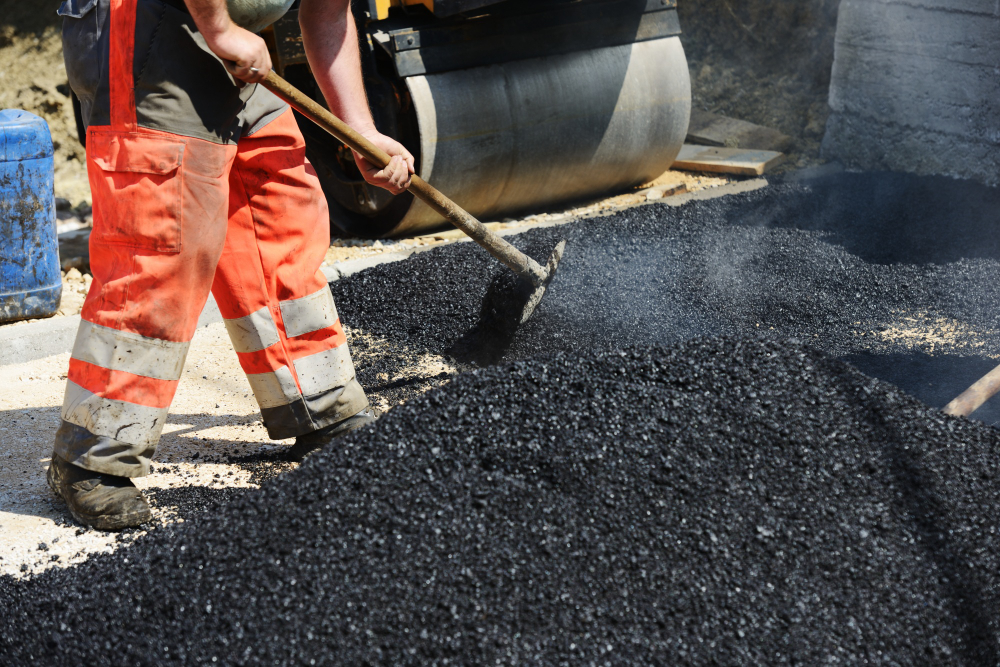
Asphalt milling is one of the most common methods used in the maintenance and repair of asphalt surfaces. It involves the removal of the upper layer of the pavement, also known as the asphalt surface layer. Once the surface layer is removed, the underlying layer is inspected for damage, cracks, or other imperfections. These damaged areas are then repaired or replaced, and a new layer of asphalt is applied. This process can be quite extensive, and it is important to understand the basics of asphalt milling. In this guide, we will provide a comprehensive overview of asphalt milling, including the process, benefits, and considerations.
Asphalt milling is the process of removing the upper layer of asphalt pavement to a specific depth. It is done using milling machines equipped with a rotating drum that has teeth that grind and remove the surface layer. Once the surface layer is removed, the remaining pavement is checked for any damage, cracks, or other imperfections. If any damage is detected, it is repaired or replaced before new asphalt is applied.
One of the main benefits of asphalt milling is the removal of the damaged surface layer. This can extend the lifespan of the pavement by eliminating the weak points and preventing further damage. The process also prepares the surface for a new layer of asphalt, increasing the durability, safety, and overall appearance of the pavement. Additionally, asphalt milling is eco-friendly since it recycles the removed asphalt.
Before considering asphalt milling, there are several factors to take into account. The condition of the pavement, the extent of damage, and the intended use of the pavement are crucial factors in determining whether milling is the best solution. The weather conditions, traffic, and the construction schedule should also be considered. A reputable asphalt contractor can assess these factors to determine if milling is the best option for your pavement.
The process of asphalt milling requires specialized equipment and trained professionals. The equipment used can vary depending on the job, but it typically involves a milling machine equipped with a rotating drum and carbide-tipped teeth that grind the surface layer. The depth of the milling can be adjusted depending on the specific needs of the job. Once the milling is completed, the debris is collected, and the underlying layer is inspected for any damage. Any damaged areas are repaired before the new layer of asphalt is applied.
Once the milling process is completed, the final product is a new layer of asphalt that has improved durability, safety, and appearance. The final product can also include additional features such as markings and stripes, improving the functionality of the pavement.
Asphalt milling is a common and effective method of maintaining and repairing asphalt pavement. The process involves the removal of the damaged surface layer, preparing the surface for a new layer of asphalt that has improved durability, safety, and appearance. Deciding whether asphalt milling is the best option for your pavement requires the assessment of several factors by a reputable asphalt contractor. By understanding the process, benefits, and considerations of asphalt milling, you can make informed decisions and ensure the longevity of your pavement. If you need help with asphalt paving in Orlando, FL, contact Florida Sealcoating today for a free estimate.